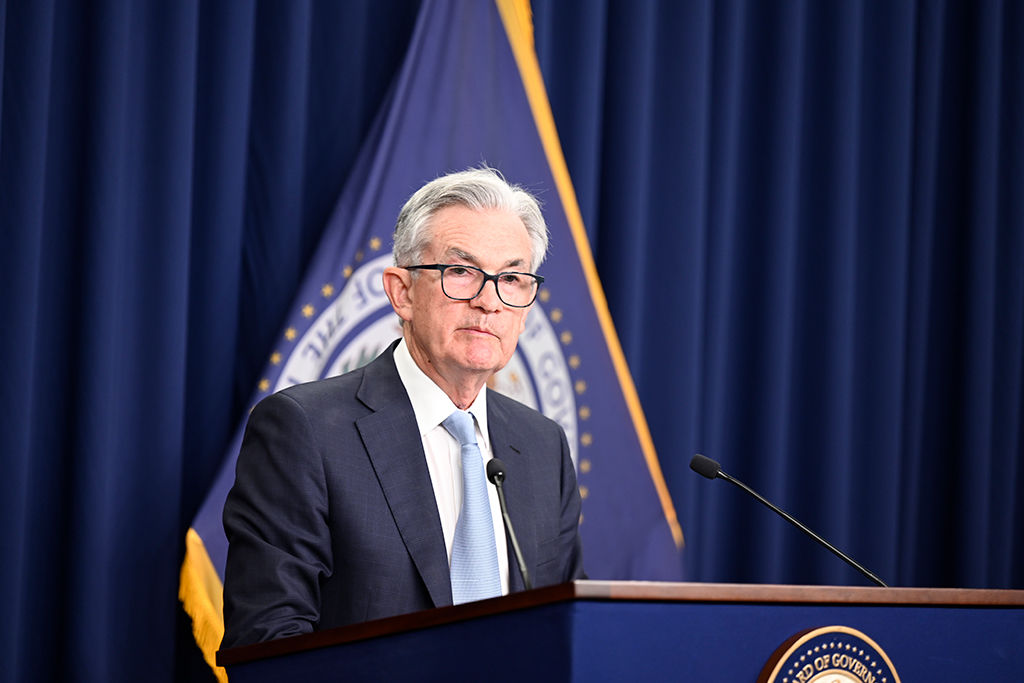The US Federal Reserve on Wednesday raised interest rates by 75 basis points or three-quarters of a percentage point to stem a surge in inflation and flagged a slowing economy.
Also Read| US Fed meeting: When and where to watch the FOMC press conference
By raising interest rates, the Fed makes it costlier to take out a mortgage or an auto or business loan. In turn, consumers and businesses will likely borrow and spend less, cooling the economy and slowing inflation.
Also Read| What US housing market entering a recession means
The unusually large interest rate rise was approved unanimously by central bankers, and the policy-making Federal Open Market Committee suggested in its post-meeting statement that more is on the way, adding that it “anticipates that ongoing increases in the target range will be appropriate.”
Also Read| Why is the US Fed Reserve hiking interest rates?
The Federal Reserve’s policy rate, which affects other borrowing costs and slows growth, is presently set at a range of 2.25% to 2.5%.
In March, the Fed began raising interest rates from near-zero levels, and officials have accelerated the pace since then. After beginning with a quarter-point shift, they increased by half a point in May and three-quarters of a point in June, the highest single step since 1994.
Also Read| Alphabet, Microsoft boost US stocks as market waits on Fed
On Wednesday, Fed officials made a second large rise in order to wrestle overly high inflation back under control.
Also Read| How to survive a market crash
While officials acknowledged in their statement that spending and production data have “softened,” they also stated that job gains have been “robust” and prices have continued to rise rapidly, “reflecting supply and demand imbalances related to the pandemic, higher food and energy prices, and broader price pressures.”







